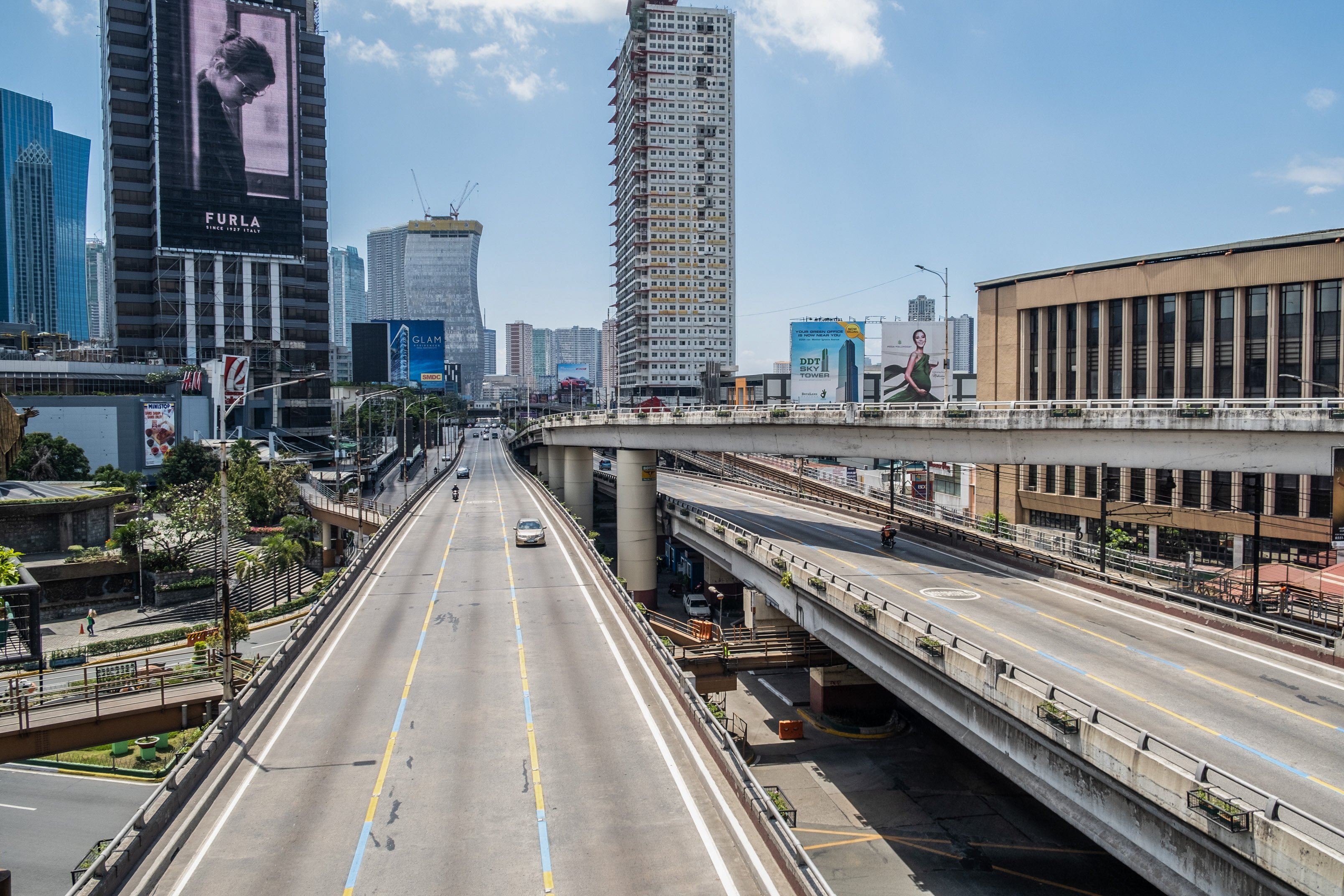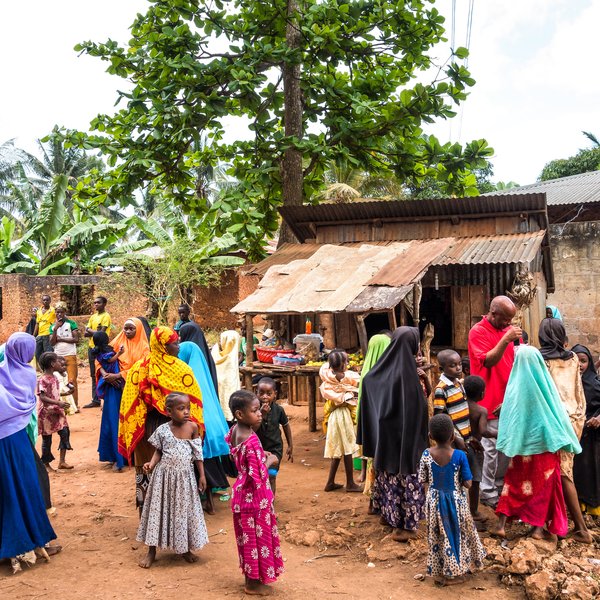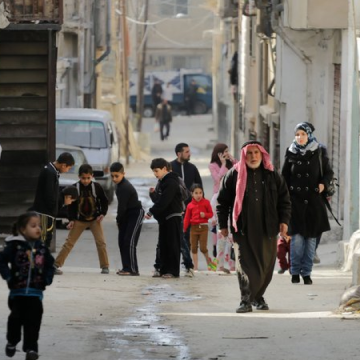We know that every day, people around the world are being evicted from their homes and pushed off their land. An even higher number of people live in fear that, sometime soon, they may be forced out. The global pandemic has added additional pressure while making the need for a stable place to live all the more urgent.
Having to worry about leaving your home or land is detrimental to the wellbeing and livelihoods of individuals and households forced to contend with the insecurity. It is also detrimental to society as well as the economy as a whole. Without confidence that rights will be protected, people will shy away from making productive and sustainable investments in their land, homes, and businesses. Improving the security of property rights also has a significant positive effect on wellbeing, stimulating improvements in quality of life.
In 2015, land and property rights were recognized as an important pathway for reducing poverty and empowering women when they were placed at the heart of the Sustainable Development Goals (SDGs). Despite the recognition of how important secure land and property rights are to global development, we have not had a reliable picture of where and how they are lacking. Until now.
Between 2018 and 2020, Prindex, a joint initiative of the Overseas Development Institute (ODI) and Global Land Alliance (GLA), carried out a nationally representative survey of adults in 140 countries. The result is that, for the first time, a global dataset that quantifies land and property insecurity and allows comparability between countries is now available.
The findings are sobering. Nearly 1 billion people around the world consider it likely or very likely that they will be evicted from their land or property in the next five years. This represents nearly 1 in 5 adults in the 140 countries surveyed. Within certain countries and regions, and among certain groups, insecurity is even higher.
There are, however, many people around the world working to address land and property insecurity and pushing for change. This report aims to provide policymakers, researchers and practitioners working on the issue with information that can help. It points readers towards factors – whether they are spatial, social and economic – that are associated with land and property insecurity and to the reasons that underpin it.
Published online: July 2020
Corrected online: August 2020
The data for South East Asia in Figure 3 was corrected in the PDF
Spanish version of the Comparative Report 2020
Russian version of the Comparative Report 2020
Top articles
Podcast: Where do we land up on the rights of persons with disabilities?
In this episode of the LandUP! podcast, we wanted to better understand a largely unexplored subject matter: the land rights Lorem ipsum dolor sit amet. Lorem ipsum dolor sit amet. Lorem ipsum dolor sit amet. Lorem ipsum dolor sit amet. Lorem ipsum dolor sit amet. Lorem ipsum dolor sit amet.
Podcast: Where do we land up on the rights of persons with disabilities?
In this episode of the LandUP! podcast, we wanted to better understand a largely unexplored subject matter: the land rights Lorem ipsum dolor sit amet. Lorem ipsum dolor sit amet. Lorem ipsum dolor sit amet. Lorem ipsum dolor sit amet. Lorem ipsum dolor sit amet. Lorem ipsum dolor sit amet.
Podcast: Where do we land up on the rights of persons with disabilities?
In this episode of the LandUP! podcast, we wanted to better understand a largely unexplored subject matter: the land rights Lorem ipsum dolor sit amet. Lorem ipsum dolor sit amet. Lorem ipsum dolor sit amet. Lorem ipsum dolor sit amet. Lorem ipsum dolor sit amet. Lorem ipsum dolor sit amet.



